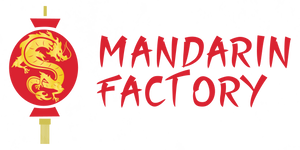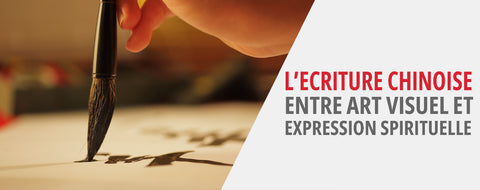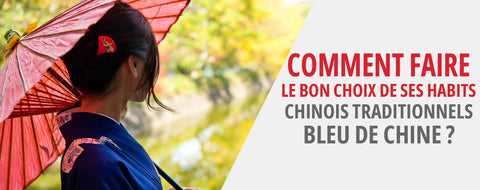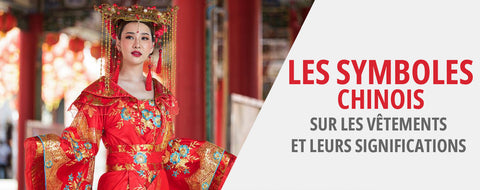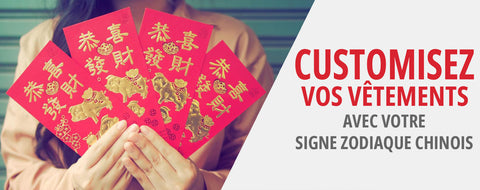
7 Chinese Monsters and their Legends
reading - words
Chinese monsters and mythical creatures have captured the imagination of anyone who has ever seen a Chinese movie or read Chinese literature. Chinese mythology has many magical creatures with supernatural powers. They can be good or evil, beautiful or disgusting, giant or tiny. The variety of these creatures is immense and fascinating. They are all very interesting parts of Chinese culture and have amazing folk stories to accompany each creature. Join us in delving into Chinese mythology and discovering 7 Chinese monsters and their legends.
1. Dragon
Chinese dragons are legendary creatures that are very common in Chinese folklore. In China, dragons are usually depicted as long, four-legged serpentine creatures. Chinese dragons traditionally represent powerful powers and of good omen, and symbolize water and precipitation. The dragon is also a symbol of good fortune and a sign of intense power; this is why the emperor of China usually used the dragon as a symbol of his imperial power.
In Chinese culture, there are many types of dragons. Most of them are brave, powerful, insightful, invincible, intelligent and caring for human beings. They are responsible for the wind, thunder, rain, rivers, seas and lakes on the earth. So they have the control of all the water on earth!

The Dragon Kings (long wang)
The four dragon kings are the divine sovereigns oceans, who control the weather and bring rain. As befits kings, each of them has a royal court and commands an army of ocean creatures. Dragon Kings appear many times in classical literature. Their magical powers go far beyond the control of time, since they can appear in the form of dragons, men or even enormous jets of water! Even today, sanctuaries Throughout China, dragon kings are honored and travelers seek their favor on new journeys. It is best to stay on the good side of the Dragon Kings, however, as many stories speak of their willingness to cause droughts, storms, and floods.
Azure Dragon (qing long)
The Eastern Azure Dragon is one of the most famous dragons in China. As one of the four constellations, it can be seen in the night sky alongside the Vermilion Bird of the South, the White Tiger of the West, and the Black Tortoise of the North. The Azure Dragon has a reputation for protection in Chinese literature. It is associated with spring andwood elementThe day the azure dragon "raises its head" (when the constellation becomes visible) has become popular as an auspicious day to get a haircut.
Yellow dragon (huang long)
The yellow dragon is the dragon that symbolizes the emperor as well as the center of the four directions. It is sometimes said to be the reincarnation of the'eyellow emperor, the Yellow Dragon is said to have sprung from a river to present the elements of writing to Emperor Fu Xi, the mythical first emperor of China. The Yellow Dragon's affection for emperors (having been an emperor in a previous life) made him a symbol for the imperial family, and the famous hornless dragon appears as a motif in the architecture of the Forbidden City. The royal association with yellow became so strong that for a time only the emperor and his family were allowed to wear the color. When people think of auspicious dragons, including the Chinese zodiac dragon, it is the dragon that comes to mind.
2. Phoenix (Fenghuang)
Fenghuang, or the Phoenix, is one of the four famous Chinese mythical creatures. It symbolizes the sun, heat, summer and harvest. Fenghuang is said to have been born from the fire and is considered the emperor of all birds. A male and female Fenghuang pair together is the symbol of eternal love. In Chinese mythology, it is an immortal bird whose rare appearance is said to be an omen of harmony when a new emperor ascends the throne. Fenghuang is often considered to signify both masculine and feminine elements, a harmony yin-yang ; its name is a combination of the words feng representing the masculine and huang the feminine.
The phoenix is a large, colorful bird with miraculous power, whose feather consists of five Chinese characters: virtue, righteousness, courtesy, benevolence, and faith. It never lives in groups, nor goes to dirty and chaotic places. During the reigns of the Yellow Emperor (Huáng Dì) and King Shun, it was noticed that a Phoenix had appeared in the secular world, to show the excellent governance and peaceful world that these kings brought to the people. The kings of the Shang Dynasty also believed that they were the descendants of Phoenix. Gradually, the Phoenix was exclusively used by the women of the royal family, especially the queenToday, he is the representative of beautiful, courageous and intelligent women in Chinese culture.

3. Pixiu
According to Chinese mythology, Pixiu is represented as a kind of winged lion with a dragon's head and tail, and a lion's body. It flies in the sky, guarding the sky day and night. It is also considered a kind of "ferocious beast" and it is used as a term to designate a powerful and invincible army. The legendary Yellow Emperor recruited the most ferocious animals into his army in the war against the Yan Emperor. In classical texts, the Pixiu is therefore often used as a metaphor for a powerful army.
But folklore also speaks of the Pixiu defecating on the floor of the Heavenly Court. To punish the creature, the Jade Emperor sealed the Pixiu's anus so that it could only eat but never defecate. The Pixiu is said to go around devouring evil spirits and demons and converting their essence into gold and treasure, which it must keep in its belly forever. This explains the Pixiu's reputation as awealth bringer.
As one of the most famous creatures in Chinese mythology, beneficial, Pixiu statues once stood at the gates of ancient cities and palaces as guardians. Nowadays, Pixiu are more commonly seen in the form of small jade pendants hanging from rearview mirrors or worn as jewelry to bring good luck. Even today, those seeking fortune and protection wear or place nearby a Pixiu-shaped decoration.
4. Qilin
Qilin, a legendary animal of ancient China, was called "benevolent beast" in ancient times. It was the symbol of good fortune. This animal has the body of the elk, the head of the lion, the horn of the deer, the eyes of the tiger and the tail of the ox.
According to Chinese folklore, there was once a couple who had been trying to have a baby for a long time. One night, a Qilin rushed to their house, spat out a piece of silk, with the words "he had the character and abilities of a monarch, but unfortunately, he was not born into the royal family" written on the cloth. This message foretold the future greatness of their unborn child. The next day, when Qilin disappeared, Confucius, a great Chinese philosopher, was born. Therefore, Qilin is believed to be a symbol of chance, good omens, protection and fertility, which is why it is often used as lucky charm when bringing a baby into a family.
Qilin, Qi for men and Lin for women, is still regarded as one of the luckiest and happiest mythical creatures in China. QiLin is beautiful, gentle, powerful and never attacks people. People believe that Qilin can overcome bad luck, and bring lovely babies to couples who have prayed for one. So it is widely used in decoration and clothing, to pray for intelligence, longevity, happiness, good fortune or beautiful babies.

5. Nian
According to ancient Chinese legend, in ancient times there existed a ferocious monster named "Nian" with sharp teeth and horns, with a huge head, sharp claws, has the shape of a lion. Isolating itself for a long time in the Black Sea, the beast went to the mainland at the end of the lunar year and hunted people and livestock. So, every time before the New Year, all the villagers fled to distant mountains to avoid Nian's attack. Things took a different turn when all the inhabitants began to take refuge in the mountains, the village welcomed a strange old man. With silver hair and bright, piercing eyes, he was a ragged beggar, walking with a stick. Drowned in great panic, the villagers closed their doors and windows and packed up their food. Everything was in chaos, and no one cared about the newcomer.
A grandmother from the east of the village came to the old man and gave him some food. She repeated the terror of the monster Nian and persuaded him to run away with other people. However, the old man remained calm and slowly smoothed his mustache, asking to stay one night in the old woman's house, and he would expel the beast of prey as a reward. The grandmother was not entirely convinced of his promise, and she continued her persuasion. However, the old man did not change his mind and, having no other choice, the woman left and fled alone into the mountains.
At midnight, the monster finally entered the village, but he felt the subtle change in atmosphere: while the whole village was in total darkness, the house to the east was enlightened. Slowly approaching the house, he found all the doors and windows pasted with red papers and many candles lit inside the house. The beast trembled and screamed, looking at all the strange things. Seized with rage and panic, it rushed towards the front door. At this very moment, a loud cracking sound erupted in the courtyard, intimidating Nian not to dare to approach. The front door opened in a flash, and the old man came out in a red robe, roaring with laughter. The monster Nian was severely frightened, vanishing into the dark night.
The next day, the villagers returned to their tribe, surprised to see that the village was intact. At this moment, the old grandmother understood that Nian's departure came from the old man's promise. She hurried to the other villagers and told them about the beggar's commitment. Eager to verify the truth, all the people flocked to the old grandmother's house and they found the red papers on doors and windows, candles in the house and the bamboos unburned in the courtyard. Soon, the villagers were enlightened by the truth: the burning bamboo, the crackling sounds, the red color and the bright light were magic keys to scare away the monster.
So, every New Year's Eve New Year, People would paste red spring couplets, light candles, burn bamboos, and later set off fireworks to ward off all evil spirits. The whole village and town would be lit up and people would stand to welcome the new year.
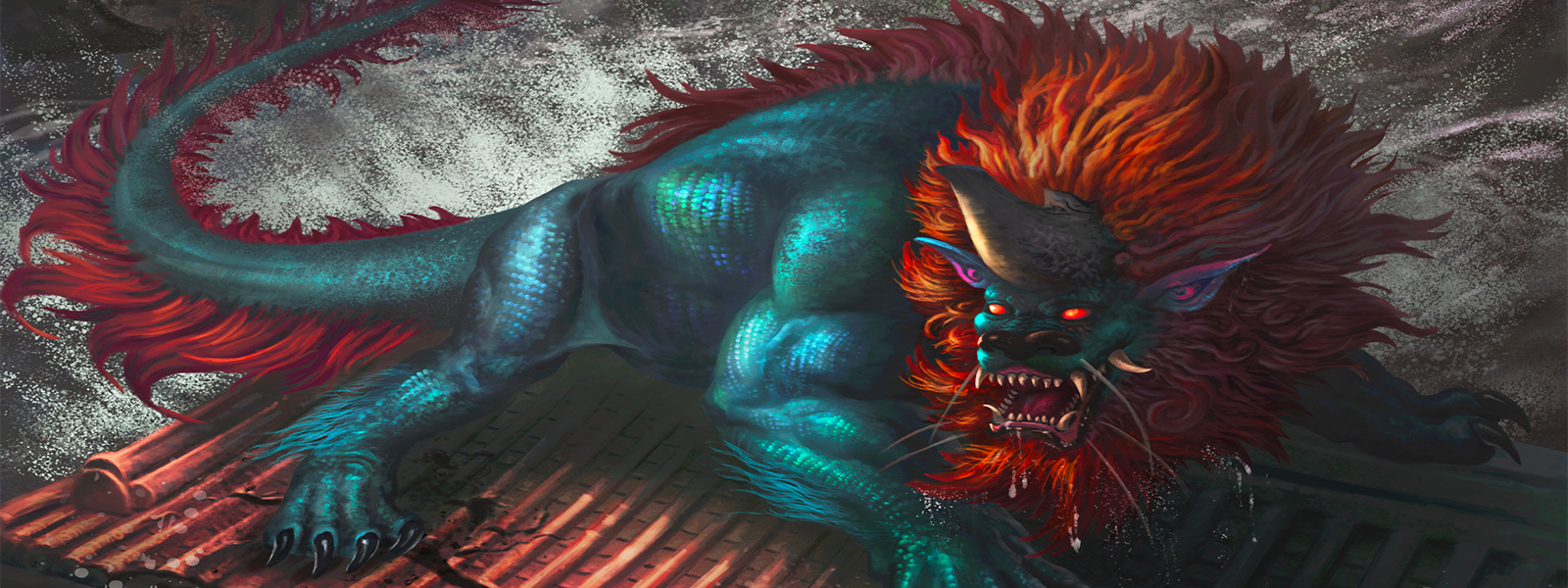
6. Taotie
Taotie is a mysterious monster in Chinese culture. The monster was very greedy and ate everything it saw and even its own body. So its image is just a big head and a big mouth without a body. Taotie ate too much and died. It then became the symbol of greedy people.
7. The Nine-Tailed Fox (Jiu Wei Hu)

THE Chinese myths About the nine-tailed fox spirits spread to Vietnam, Korea, and Japan, and stories of fox spirits abound in all of these cultures.
In China, the fox spirit (Jiu Wei Hu) is a clever shapeshifter, Jiu Wei Hu is a species of fox with beautiful white fur and nine tails that howls like a newborn and eats people. Early legends speak of foxes intelligent who hide deep in the mountains where they study and practice taoist magic in order to achieve immortality. The wiser they become, the more tails they grow, and after a thousand years, the most skilled fox spirits grow nine tails and become immortal. They can take the form of any human, male, female, old or young, although their very bushy tails often give them away. The idea that shapeshifters are frustrated by their tails is a recurring theme in Chinese myths. The Monkey King, for example, perhaps the most skilled shapeshifter of all, always struggles with what to do with his tail during his transformations.
Our article is coming to an end, we hope you have learned more about the monsters of chinese mythology. We have covered 7 creatures in this article, but Chinese mythology is very rich and there are many others with equally epic and interesting legends that will no doubt be told soon on our blog.
